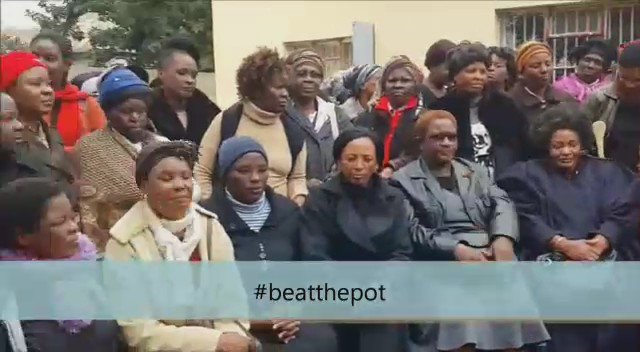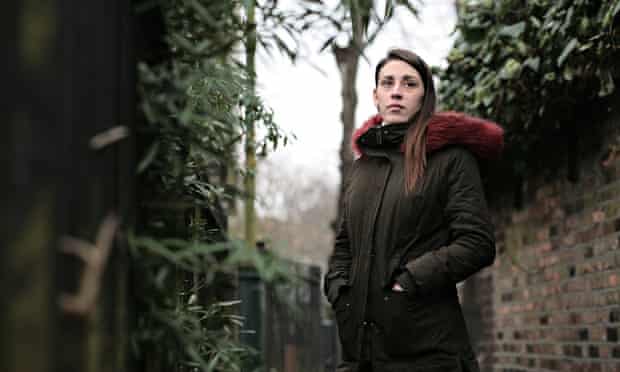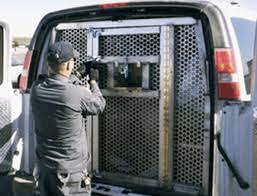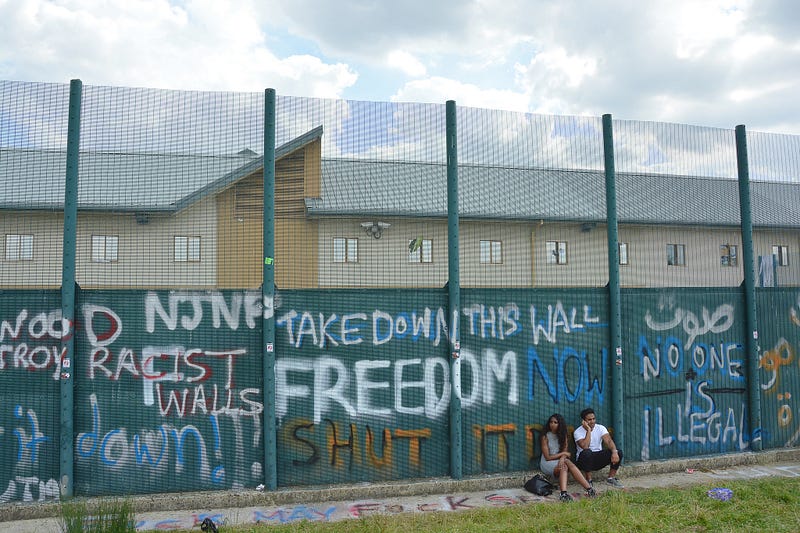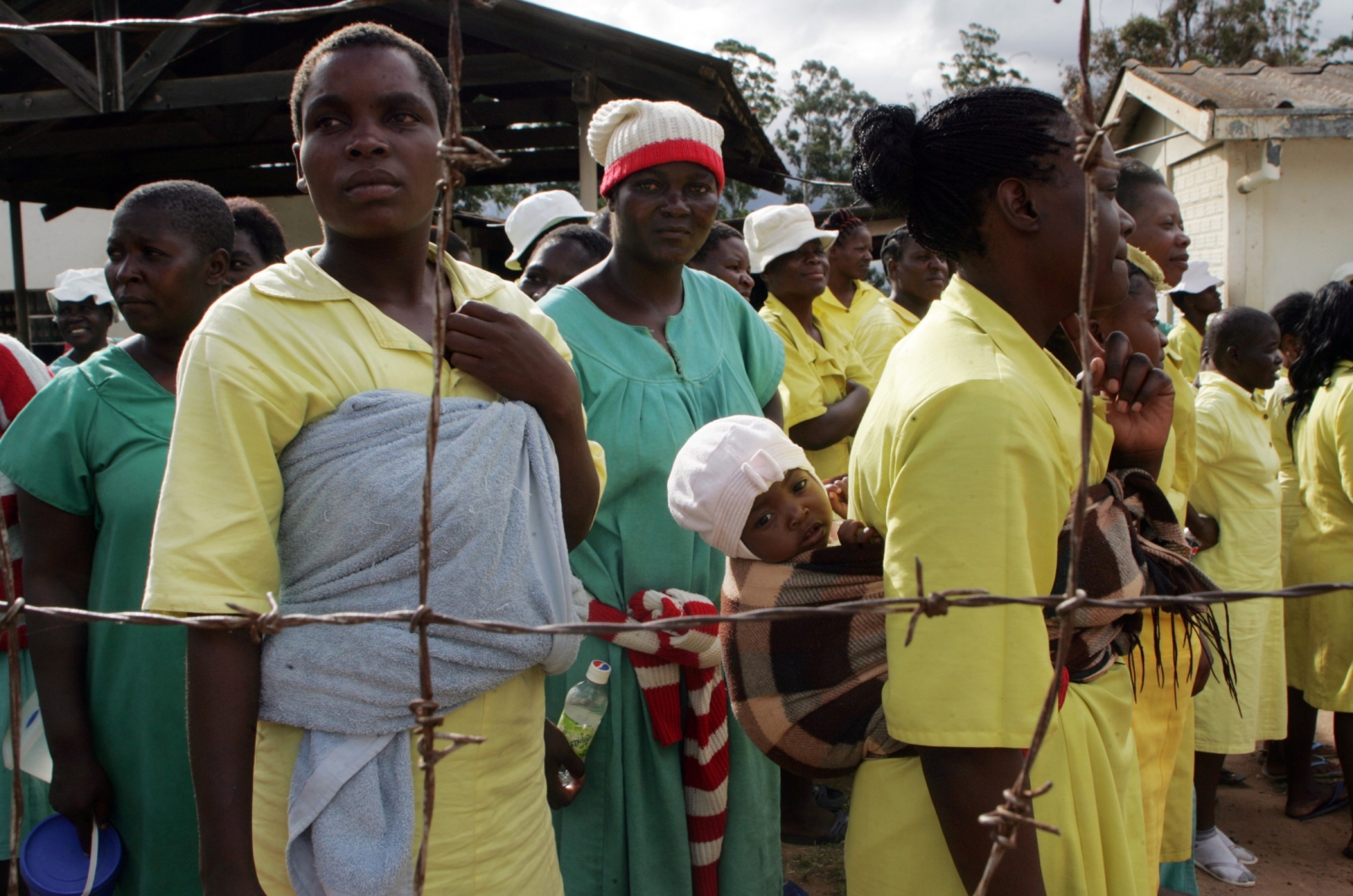
A woman asylum seeker on Nauru discusses the abuse she’s suffered
Australia is “shocked” by the routine torture of women and children asylum seekers (October 2015). Australia is NOT shocked by the routine torture of women asylum seekers on Nauru (June 2016). It’s August now, so here goes: AUSTRALIA IS NOT SHOCKED BY THE ROUTINE TORTURE OF WOMEN ASYLUM SEEKERS ON NAURU. Is anybody listening? Does anybody care? Another month, another devastating report on the systemic torture of women, children, men asylum seekers, by the Australian government, in Nauru. The language is strong, the pictures distressing, the analysis trenchant, the conclusion clear … yet again. The government denies everything, people claim shock and dismay; the women and children and men prisoners on Nauru continue to suffer intense degradation and torture, all according to plan. None of this is new, and, in that redundancy, none of us is innocent. We share the shame … or we will, someday.
This week’s report, Australia: Appalling abuse, neglect of refugees on Nauru: Investigation on remote Pacific island finds deliberate abuse hidden behind wall of secrecy, is a collaboration between Amnesty International and Human Rights Watch. Reiterating the kinds of torture imposed on women has become a kind of asylum pornography. Once a month, belly up to the window, plunk in your currency, and wait for the curtain to rise and the show to begin. The stories are exactly the stories one has come to expect: abuse, sexual coercion and violence, abysmal health care, absent mental health care, filthy living conditions, despair, despair, despair.
What is somewhat specific to Nauru, but barely, are the extremes to which the Australian government has gone, both in terms of cruelty and secrecy. As Anna Neistat, Amnesty’s Senior Director for Research, noted, “Australia’s policy of exiling asylum seekers who arrive by boat is cruel in the extreme. Few other countries go to such lengths to deliberately inflict suffering on people seeking safety and freedom.” Michael Bochenek, Senior Counsel on Children’s Rights at Human Rights Watch, added, “Australia’s atrocious treatment of the refugees on Nauru over the past three years has taken an enormous toll on their well-being. Driving adult and even child refugees to the breaking point with sustained abuse appears to be one of Australia’s aims on Nauru.”
Australia and Nauru have colluded in building “a wall of secrecy” not only around the conditions of life, and death, among asylum seekers, but they’ve managed to weave that wall into the fabric of the asylum seekers’ lives and community as well as that of the nation: “The Australian government’s offshore operation on Nauru is surrounded by a wall of secrecy, with both Australia and Nauru going to great lengths to prevent the flow of information off the island. Service providers and others who work on the island face criminal charges and civil penalties under Australian law if they disclose information about conditions for asylum seekers and refugees held offshore. Nauru has banned Facebook on the island and has enacted vaguely worded laws against threats to public order that legal experts fear could be used to criminalize protests by refugees and asylum seekers. Journalists in particular face severe restrictions on entry, with an $8,000 non-refundable visa fee and a protracted application process. Nauru has granted visas to just two media outlets since January 2014. Other requests have been rebuffed or met with no response. UN officials have been denied entry or in some cases have concluded that a visit would be impractical due to severe limitations on their access.”
What starts in Nauru spreads to the entire nation. According to another report issued this week, “Almost half the deaths in immigration detention over the past five and a half years remain unsolved, including two deaths from 2013 and three deaths from 2014 … Since January 2011, 21 people have died in immigration detention, including 18 in onshore detention. The death toll could be higher, as the figures do not include all stillbirths, infants who died in hospital shortly after birth, or miscarriages of people in immigration detention. The Department of Immigration and Border Protection refused to answer questions about infant mortality and miscarriages among detainees and a Freedom of Information request was rejected, despite new claims women detained at Nauru suffer from a high rate of pregnancy complications … Of the 18 deaths in onshore immigration detention since the beginning of 2011,two occurred at the Curtin detention centre in WA, two at Yongah Hill in Northam (WA), two at Phosphate Hill on Christmas Island, four at Villawood in NSW, two in Sydney IRH, and one death each in Darwin, North West Point facility in NSW, Melbourne ITA, Maribyrnong IDC in Melbourne, Wickham Point IDC outside Darwin, and Scherger IDC in Weipa, Queensland. Six of the resolved cases were suicides. Of the 10 unresolved deaths, two were on Manus Island and one on Nauru, two at Yongah Hill, one at Villawood, one at Darwin, one at Phosphate Hill, one at Melbourne, and one at North West Point.”
Australia declared war on refugees and asylum seekers and then weaponized the bodies of women, children, and men who had already come to Australia seeking haven. They are just so much materiel meant to be used up or left behind, like shrapnel or land mines. It’s happening across Australia; it is Australia. AUSTRALIA IS NOT SHOCKED BY THE ROUTINE TORTURE OF WOMEN ASYLUM SEEKERS ON NAURU. Can you hear me now?

Refugee children protest their relocation to Nauru
(Photo Credits: Amnesty International)

